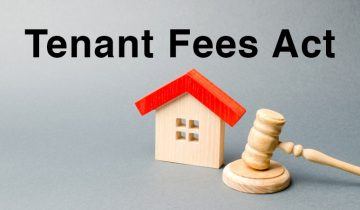Landlords Remain Optimistic about Property Investment, Despite Brexit Worries
Around two-thirds of landlords in the UK are feeling optimistic about the residential buy-to-let sector over the nex t three years, despite Brexit worries.
Cambridge & Counties Bank has commissioned research into the number of landlords in the market, which shows that 19% are looking to grow their portfolios by a third. 11% stated that they want to double it over the next three years.
Only 19% are looking to sell, according to this study.
Despite this high level of optimism, Brexit remains a key uncertainty for property professionals, with 40% of landlords conceding that it is top of their list of concerns.
Brexit is also seen as a bigger risk than rising interest rates, a lack of confidence in the stability of lenders, and rising levels of tax, each by 32% of respondents.
While the buy-to-let sector is currently viewed most positively, 61% of landlords are equally optimistic about student accommodation in terms of growth.
As well as looking to grow their portfolios, many landlords also want to refurbish their let properties, with plans to spend an average of £10,000. 11% said that they would spend more than £20,000 and 4% forecast an expenditure of more than £50,000.
Simon Lindley, Chief Commercial Director, Cambridge & Counties Bank, said: “In spite of Brexit worries, it is great to see that the overall outlook for the commercial property sector is one of optimism. At Cambridge & Counties Bank, we remain very much focused on supporting our clients with our comprehensive product suite and in doing so maintain our market leading level of customer satisfaction.”
One of the shocking results of the research was the growing concern among landlords with regards to the financial stability and strength of their banking partners.
Just one in five (20%) said they were very confident of their lender’s stability, with 18% of landlords saying they are “not confident” in their lender
Simon Lindley adds: “Cambridge & Counties Bank has seen a steady stream of borrowers switching from other lenders, often recommended by the intermediaries and brokers we work closely with on a daily basis. We are actively focused on becoming the bank of choice for professional property investors and landlords, and will capitalise on the record set of results we posted for FY2018 and the momentum we have across the UK to grow our market share further.”





